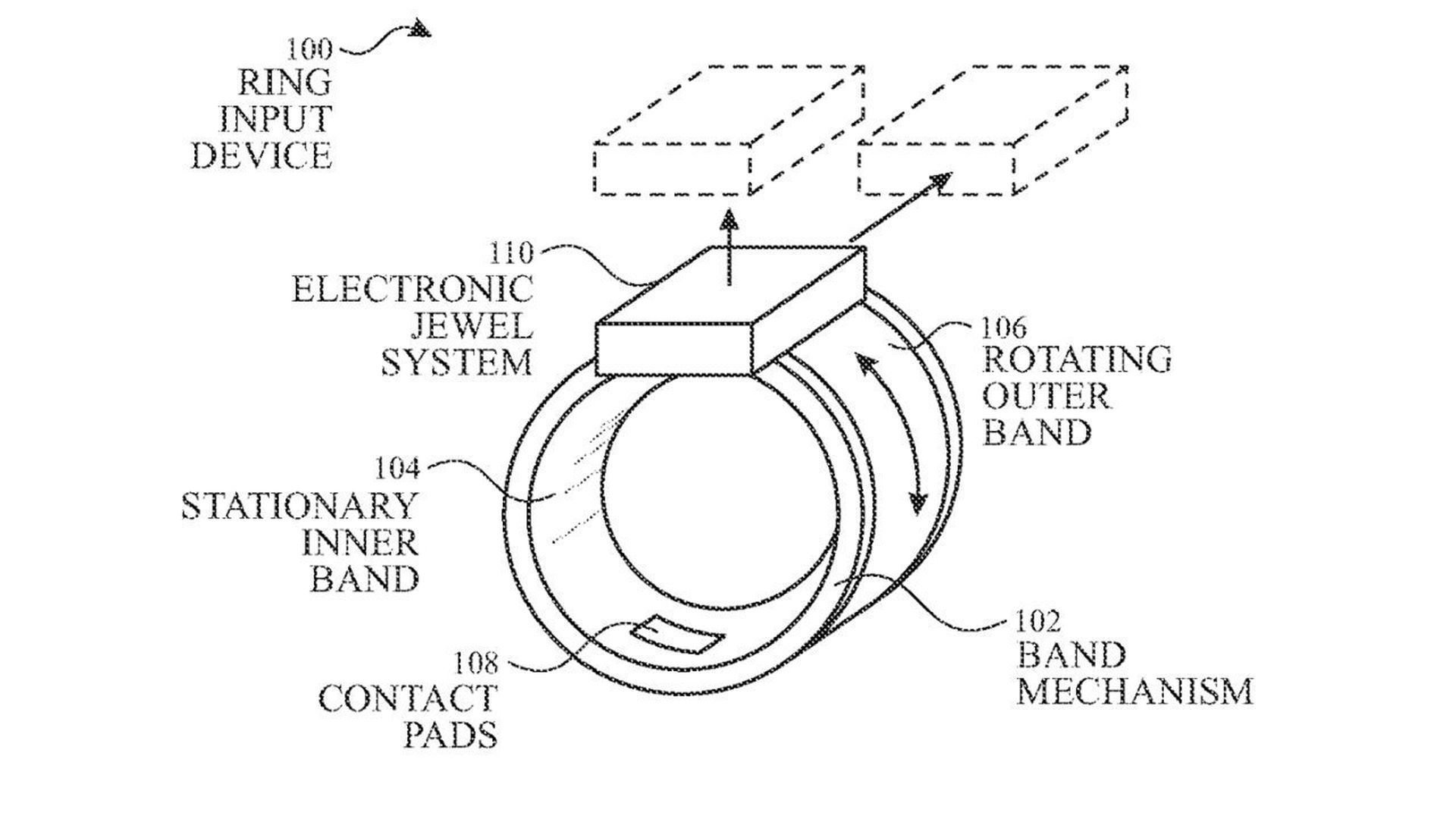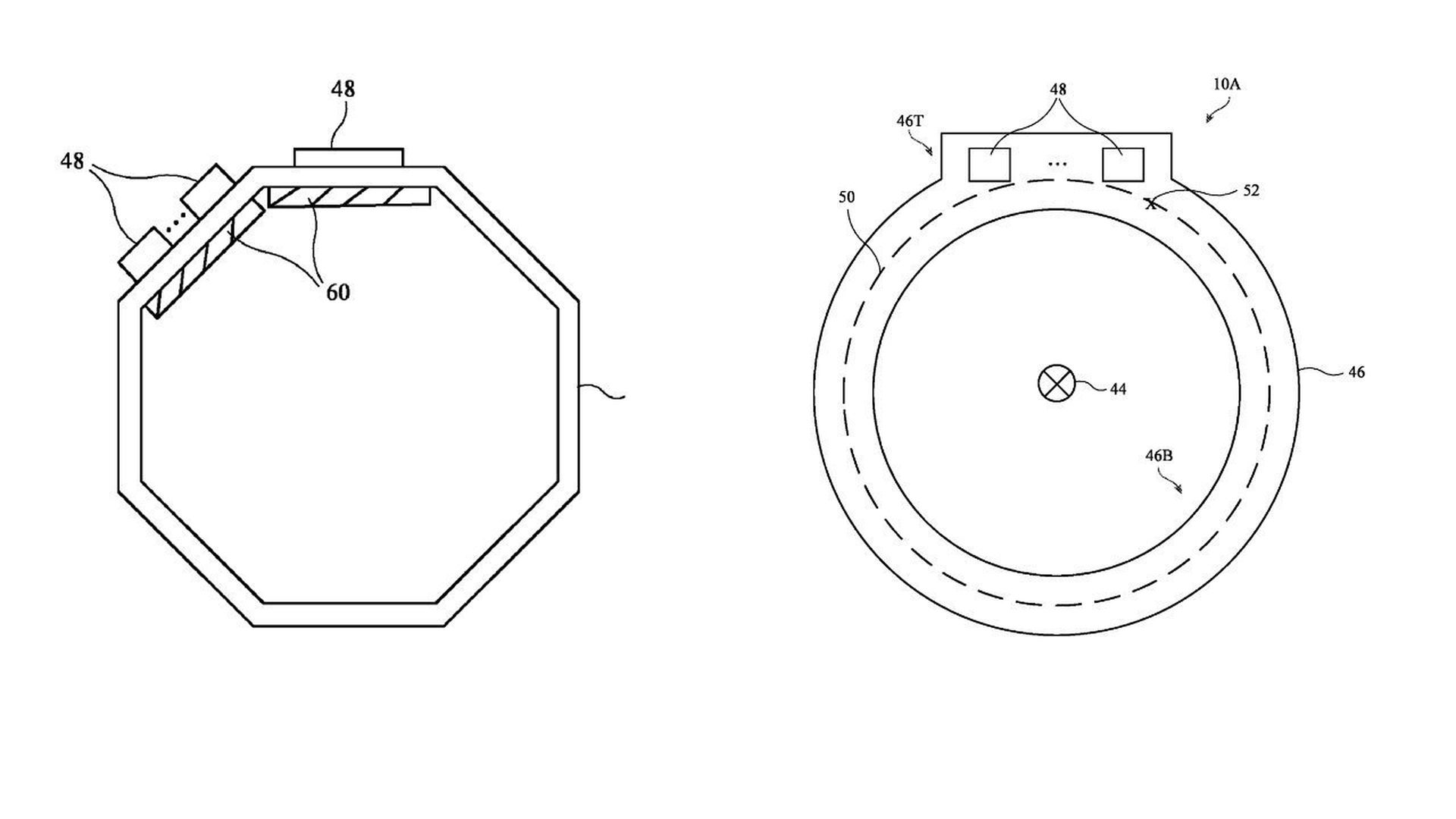Samsung’s flashy new Galaxy Ring is here, but iPhone users might want to wait for the Apple Ring before getting too excited.
At Samsung’s Unpacked event on Wednesday, the tech giant revealed that the Galaxy Ring would only be compatible with Galaxy smartphones. This decision mirrors Apple’s infamous strategy of creating a tightly-knit ecosystem, and it could leave many potential customers disappointed.
Why do people want a Galaxy Ring?
The Galaxy Ring boasts a range of impressive features, including health metrics analysis, sleep tracking, and heart rate monitoring. It’s designed to work seamlessly with the Samsung Health app, offering advanced insights through Health AI features like Energy Score. Unfortunately, these perks are locked behind the gate of Galaxy exclusivity.
A missed opportunity?
While Samsung’s move to restrict the Galaxy Ring to its own ecosystem isn’t surprising, it is disheartening. By making the ring exclusive to Galaxy devices, Samsung might be missing a golden opportunity to attract iPhone users who could have been drawn into the Galaxy fold.
Imagine if iPhone users could experience the benefits of the Galaxy Ring. They might start exploring other Galaxy products, from smartphones to smartwatches, gradually integrating more Samsung devices into their daily lives. Instead, this potential cross-pollination is stifled by exclusivity.
The Apple Ring looms large
For iPhone users interested in smart rings, waiting for Apple’s long-rumored Apple Ring might be the better bet. Though still shrouded in mystery, Apple’s track record suggests that their eventual entry into the smart ring market could be a game-changer.
Apple has been laying the groundwork for a smart ring for years. The tech giant has filed numerous patents related to the concept, indicating a sustained interest in this wearable technology. Some of the earliest references date back to 2007, with more concrete hints emerging in 2013 during an Apple supplier tour. These patents suggest that Apple has been exploring various functionalities and designs for a smart ring, potentially positioning it as a significant player in the wearable market.

Apple’s ecosystem is renowned for its seamless connectivity across devices, from iPhones to MacBooks to Apple Watches. The anticipated Apple Ring would likely fit perfectly into this ecosystem, offering iPhone users a familiar and integrated experience.
What we know about Apple Ring so far
The concept of the Apple Ring has been circulating for several years, backed by extensive patents and industry speculation. Here’s a comprehensive look at the potential features, capabilities, and competitive landscape of this much-anticipated wearable.
Concept and design
The Apple Ring is envisioned as a smart ring that offers health tracking and control capabilities similar to the Apple Watch, but in a more discreet form factor. It aims to provide essential functionalities without the need for users to wear a watch, catering to those who prefer a minimalistic approach or who may find a ring more convenient for special occasions or daily use.

Patent history and development
Apple has a long history of filing patents related to smart ring technology, suggesting a deep and ongoing interest in this area. Notable patents include:
- 2007: Early references to a smart ring concept.
- 2013: Hints of a ring in an Apple supplier tour.
- 2015: Detailed patents describing a miniature Apple Watch worn on a finger, featuring a touch-enabled screen, haptic feedback, heart rate monitoring, and gesture recognition.
- 2019: Continuation patents reinforcing the 2015 concepts.
- 2020-2023: Patents covering gesture detection, ultra-wideband technology for device interaction, and pressure-sensitive input for control.
These patents illustrate Apple’s intent to create a multifunctional ring capable of health tracking, gesture control, and interaction with other Apple devices.
Health tracking features
According to Apple Insider, Like the Apple Watch, the Apple Ring is expected to include several health-tracking sensors, such as:
- Heart Rate Monitoring: Tracking heart rate continuously or at intervals.
- Blood Oxygen Level Measurement: Monitoring blood oxygen saturation.
- Movement Tracking: Recording physical activity and steps.
- Skin Temperature Sensing: Measuring skin temperature to provide health insights.
This data would be wirelessly transmitted to an iPhone, allowing users to monitor their health metrics conveniently.
Gesture recognition and control
One of the most exciting prospects of the Apple Ring is its potential for gesture-based control. Patents suggest several methods for gesture recognition:
- Skin-to-Skin Contact Detection: Using electrodes to detect gestures made by touching fingers together or touching other body parts.

- Ultra-Wideband Technology: Allowing the ring to detect and interact with nearby devices through pointing gestures.
- Pressure-Sensitive Input: Featuring a rotating outer band for control and interaction, similar to the Digital Crown on the Apple Watch.
These capabilities could enable users to control their iPhone, Apple TV, Mac, or even the Apple Vision Pro headset with simple hand gestures.
First-mover advantage?
Samsung may have beaten Apple to the punch with the Galaxy Ring, but history shows that being first isn’t always a lasting advantage. Consider the smartwatch market: Samsung released its Galaxy Gear in 2013, a full year before the Apple Watch. Yet, by 2023, the Apple Watch dominated the market with a 34.1% share of shipments and 60% of revenue, while Samsung trailed behind.
So, if you are an iPhone user and like the Samsung Ring, don’t worry, Apple may put a ring on you in future!





